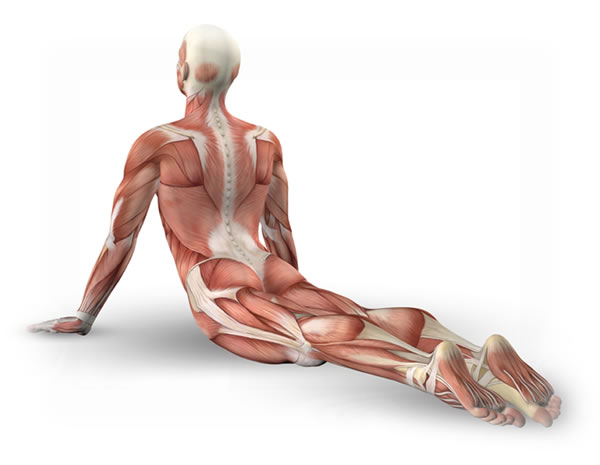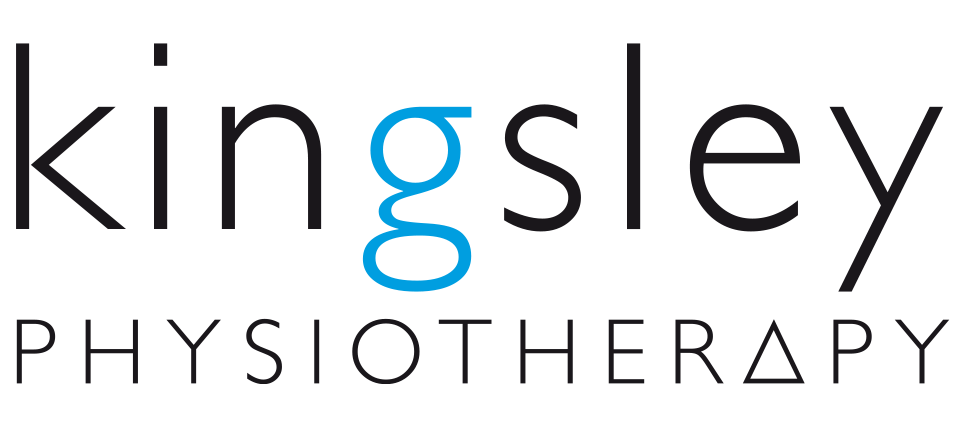Chronic lumbar pain
The causes of lower back pain are numerous. Assessing the spinal patient takes time and a methodical approach. All too frequently doctors will order unnecessary blood tests or radiographic imaging in preference to spending the time required to accurately assess the spinal patient.
Here are some points to consider before you attend your consultation:
- WHERE is your pain? Do you have referred pain?
- How would you DESCRIBE your pain? Is it ‘burning’, ‘throbbing’, ‘catching’, ‘aching’?
- What EXACERBATES your pain? Prolonged sitting, prolonged standing or walking, lying on your back etc.
- What EASES your pain? Heat packs, anti-inflammatories, massage etc.
Answering these questions thoughtfully will greatly enhance your diagnosis, treatment and recovery so PLEASE come prepared to answer these questions.
Assessment will include:
- Examination of posture and lower limb biomechanics.
- Assessment of lumbar and hip movement.
- Palpation of the spine and surrounding muscles.
- Assessment of tendon reflexes, muscle tone, sensation and strength.
- Gait analysis.
Assessment CANNOT rely on radiographic imaging. X-rays and ultrasounds are worthless to evaluate the source of pain with most spinal pathologies. CT scans and MRI’s can assist in the diagnosis of spinal pathology but infrequently govern medical of physical-therapy management. In cases where surgical intervention is considered, such imaging may be essential.
Spinal pain must be treated with specific consideration to the causative pathology. Your doctor should optimize your pharmacological, biomechanical and postural management. Investigation and examination can be arduous and protracted but invariably the outcomes of a thorough MEDICAL management program are preferable to the long-term use of analgesics and unnecessary surgery.
For a full list of our fees and services click here.
To make an online booking with one of our doctors click here.






